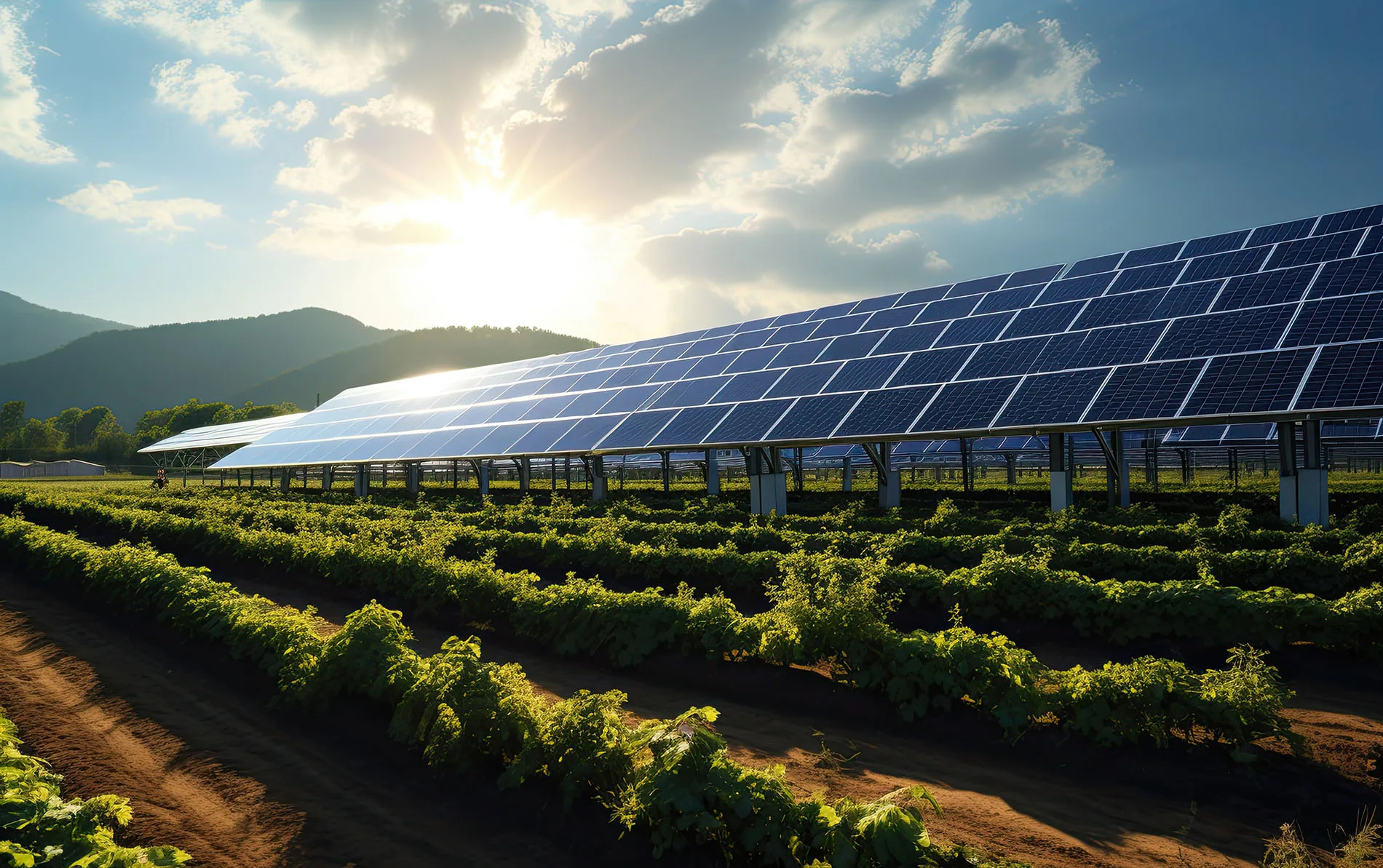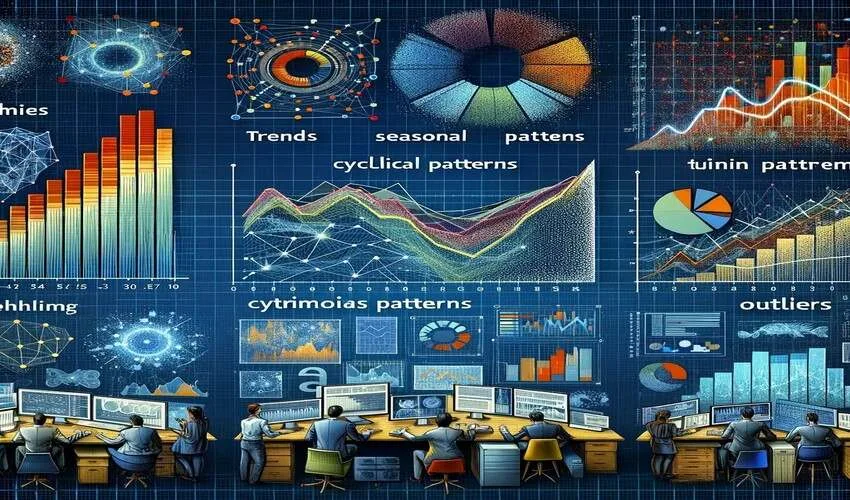Running a successful business in any field requires savvy for getting the most out of an investment. Investing in the latest time-saving technologies, researching new methods to increase yields, and optimizing strategies can help agribusinesses thrive in even the most challenging economies. Energy costs for U.S. agricultural producers are reported to be nearly 6% of the total production costs, according to the USDA, but that is only the direct usage of electricity. When combined with energy from natural gas and fuel used to operate machinery, the number is likely much higher.
According to leaders in agricultural technology, reducing energy costs through the use of renewable energy sources like solar power can increase the productivity of agricultural land through the method of AgriPhotovoltaics, which is installing solar panels among agricultural operations without greatly restricting production.
Multi-Use Land
Multitasking is not something that people usually excel at, but it is something that land can do quite well when proper planning is implemented. Most agricultural lands are well-suited to the implementation of solar fields as they are generally mildly sloped and exposed to sunlight for most of the day. But in the past, a choice had to be made between solar power and agriculture. However, in recent years, and especially in Europe, the utilization of solar panels installed with the ability to pivot out of the way of agricultural machinery has been accomplished with great success, which decreases energy costs while maintaining the usability of the land for agricultural purposes.
Using the land to accomplish two goals at once helps agricultural providers increase productivity and reduce costs at the same time. Consulting with a leader in agricultural technology is one of the best ways to get an idea of available solar solutions for a particular operation and at what scale they can be installed. The U.S. Department of Energy is currently investing in research for AgriPhotovoltaics, and in many areas, there are financial benefits to investing in solar power for commercial and agricultural operations, so it may be good to do research on the local area and determine what options are available.
Solar Power and Agriculture
Agriculture is an industry built on sunlight, as crops grow and animals are fed by the direct products of sunlight, so it makes sense for solar energy installations to be integrated with agriculture to reduce energy costs and help cut down emissions from fossil fuels. Decreasing energy costs actively aids those in agribusiness by providing a reprieve from the expensive process of raising consumer goods, and one of the best ways to decrease costs is through investment in solar energy. In the past, many solar operations were solely dedicated to providing energy, but with the advent of innovative implementation strategies for solar energy, agricultural land can be given the added purpose of providing solar power for the entire operation and potentially for neighboring homes, depending on the size of the solar field.
















Leave a Reply